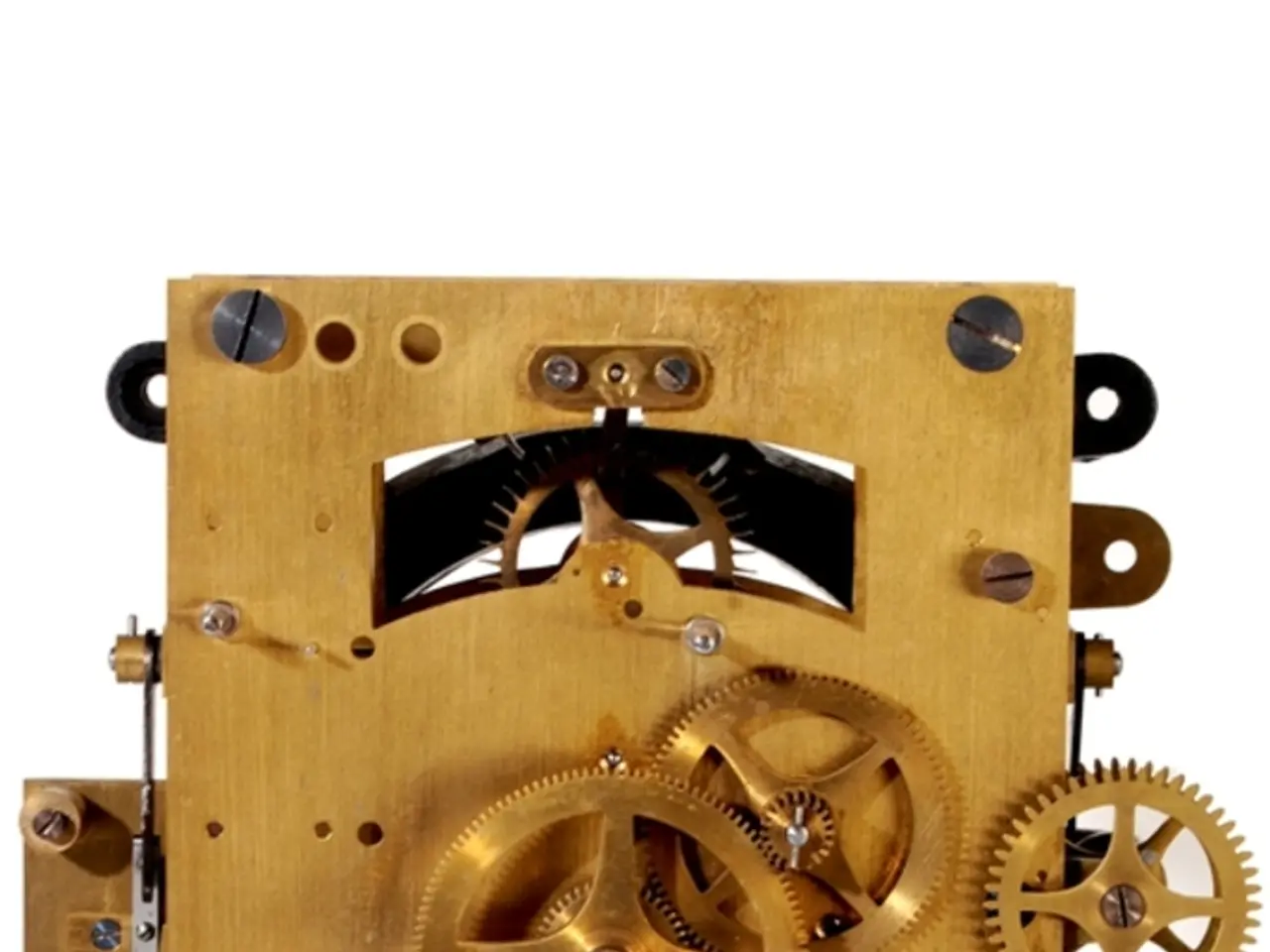Thermodynamic Efficiency: Reason Behind Most Machines Not Achieving 100 Percent Performance
In the realm of physics and engineering, the quest for optimal energy conversion has been a longstanding pursuit. However, the second law of thermodynamics imposes a fundamental limit on this quest, leading to energy inefficiencies in all machines.
This law, a cornerstone of thermodynamics, states that in any energy conversion, the total entropy of a closed system can never decrease. Entropy, a measure of disorder or randomness in a system, increases with energy loss, usually as heat. This means that energy, as it changes from one form to another, always results in some energy being lost.
Three esteemed researchers — Sadi Carnot, Rudolf Clausius, and William Thomson (Lord Kelvin) — have made significant contributions to our understanding of machine efficiency and its imperfections. Carnot introduced the concept of the ideal heat engine and the theoretical maximum efficiency (Carnot efficiency), showing that no real engine can be more efficient than a reversible one operating between two temperatures. Clausius formulated the second law of thermodynamics, introducing entropy to explain why processes are irreversible and why real machines have less than 100% efficiency. Kelvin further developed thermodynamics, quantifying absolute temperature and emphasizing the practical limits on efficiency due to unavoidable energy dissipation and irreversibility.
No machine can achieve 100% efficiency due to energy loss, primarily as heat. Common forms of energy loss in machines include friction and heat transfer. The Carnot cycle shows the ideal performance of refrigeration systems, yet no real-world system can ever reach that ideal due to irreversible processes. These processes occur naturally and cannot be reversed without external work.
Efficiency plays a crucial role in energy conversion, impacting both cost and environmental consequences. Improving efficiency becomes critical for sustainability and technological progress, as reducing energy loss helps save resources and decreases environmental impacts. For instance, modern coal-fired power plants can achieve efficiencies around 33 to 45 percent, with most of the input energy being lost as waste heat.
The pursuit of improvements in energy conversion remains crucial in addressing the challenges of the future. Understanding these concepts helps engineers and scientists innovate for more sustainable solutions in real-world applications. Perpetual motion machines, which would operate without energy loss, are a mythical concept that violate the laws of thermodynamics. The idea of perpetual motion machines, which would work indefinitely without an external energy source, is impossible due to fundamental truths in physics.
In real-world applications, energy losses can add up, resulting in significant energy waste. Energy loss occurs in every real-world scenario, whether from friction or air resistance, and no machine can avoid this energy loss entirely. However, understanding these concepts helps us strive for more efficient systems, ultimately leading to a more sustainable future.
Read also:
- Peptide YY (PYY): Exploring its Role in Appetite Suppression, Intestinal Health, and Cognitive Links
- Toddler Health: Rotavirus Signs, Origins, and Potential Complications
- Digestive issues and heart discomfort: Root causes and associated health conditions
- House Infernos: Deadly Hazards Surpassing the Flames








